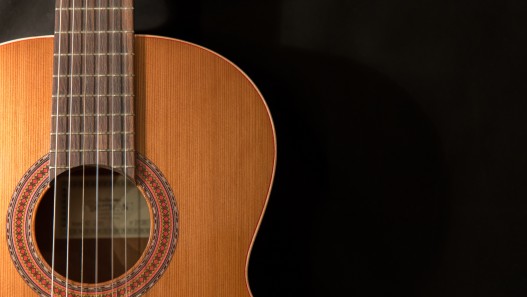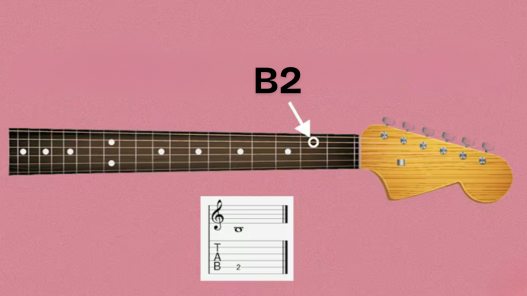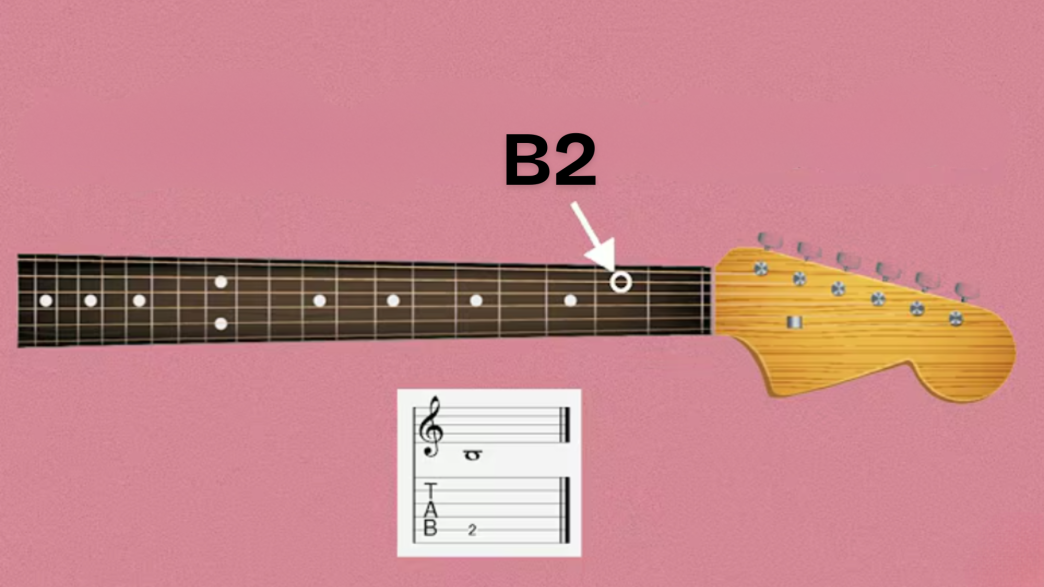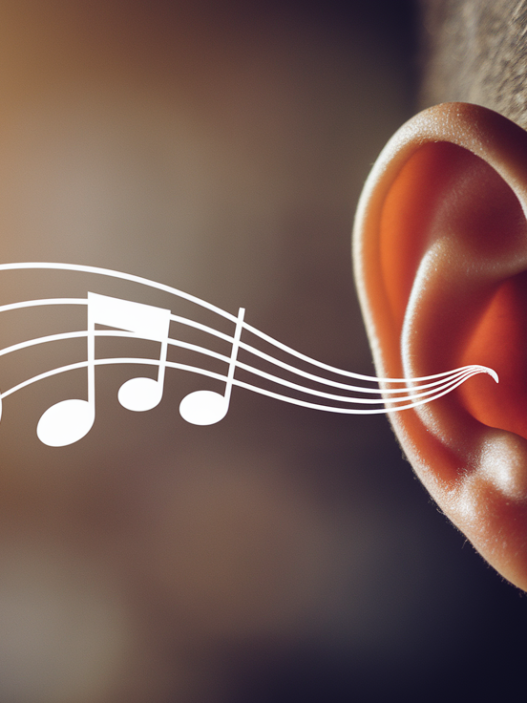The B2 note sits at a unique position in the musical world – low enough to provide depth and richness, yet still within reach for many singers and musicians.
For vocalists, particularly those with lower voice types, understanding how to properly produce and control the B2 note can open up new possibilities in their singing.
For instrumentalists, recognizing where this note sits on their instrument helps build musical knowledge and technical skill.
No matter if you’re a bass singer, a music student, or simply curious about what makes certain notes sound the way they do, understanding the B2 note offers practical insights into the physics and artistry of music.
In this guide, we’ll examine what the B2 note is, where you can find it, and how to approach it as a singer. Let’s jump in and start learning!
What is a B2 Note?
A B2 note is just a sound you can play or sing.
- It’s called “B” because that’s the name of the note.
- It’s called “2” because it belongs to the second group of notes (second octave) when you start from the very bottom.
Think of it this way:
- In music, every note has a name (like A, B, C, D, E, F, G).
- Notes also have numbers (like 1, 2, 3, 4…) depending on how high or low they sound.
- B2 means you are playing or singing a low B sound, not a high one.
| Detail | Information |
|---|---|
| Frequency | 123.47 Hz |
| Octave | 2nd Octave |
| Common in | Singing, piano, guitar, bass instruments |
| Voice Type (singing) | Bass and baritone voices |
Where is the B2 Note Found?
You can find B2 note as a low sound on a few different instruments.
-
On a piano: B2 is found about two octaves up from the very first low A key. It is near the lower middle of the keyboard.
-
On a guitar: You can find B2 by pressing the second fret of the fifth string (the A string) if the guitar is tuned normally.
-
In vocal music: B2 is often sung by bass or low baritone singers. It is too low for most tenors and sopranos.
How Does the B2 Note Sound?
The B2 note sounds deep and calm. The video above gives you the exact reference of a B2 sound from a piano.
It feels heavier and steadier compared to higher notes like B3 or B4, which sound lighter and brighter. When you hear B2, it brings a feeling of strength and stillness.
It can fill the lower part of a song or add a strong base to an instrument’s sound.
Listen to the B2 note in this 51 second video, where the creator Shawn Staples Free Guitar Lessons plays it clearly so you can hear its deep, steady sound.
Is B2 a Hard Note to Sing?
It depends on the kind of voice you have.
If you are a bass singer (someone with a naturally deep voice), B2 is not very hard. It’s a note that sits nicely in your normal range.
If you are a baritone, you can probably reach B2, but you might feel like you are getting close to the bottom of your voice.
If you are a tenor or soprano (higher voices), singing B2 is very hard. Your voice is built to sing higher sounds, so trying to sing B2 would feel like trying to speak in a voice way too deep for you.
Easy way to understand:
|
Real Example: A B2 Note Masterclass from Josh Turner
A great way to understand what a B2 note sounds like is by listening to a singer who uses it naturally.
Josh Turner, a famous country singer, has one of the richest low voices in modern music.
In his song “Your Man,” you can hear him sing very deep notes right at the start. When he sings the line “Baby, lock the door and turn the lights down low,” his voice sounds very smooth, steady, and full.
Those opening words touch the B2 note range.
What makes it a good example?
- His voice doesn’t sound forced or heavy.
- The low notes come out calm and easy, like a natural part of his voice.
- He doesn’t need to push or shout — it sounds like speaking but with a warm musical tone.
Why this matters:
When you hear Josh Turner sing those low notes, you’re hearing exactly what a healthy B2 sounds like — not too breathy, not too soft, and not pushed too hard.
This is what you should aim for if you are trying to sing B2 yourself:
- A steady, gentle sound
- Full tone without tightness
- Easy feeling, not strained
Quick Tip:
| Listen to the first 10 seconds of “Your Man” carefully. Notice how deep, calm, and even his voice is. That’s a perfect example of reaching B2 comfortably. |
How to Sing a B2 Note (Beginner Guide)
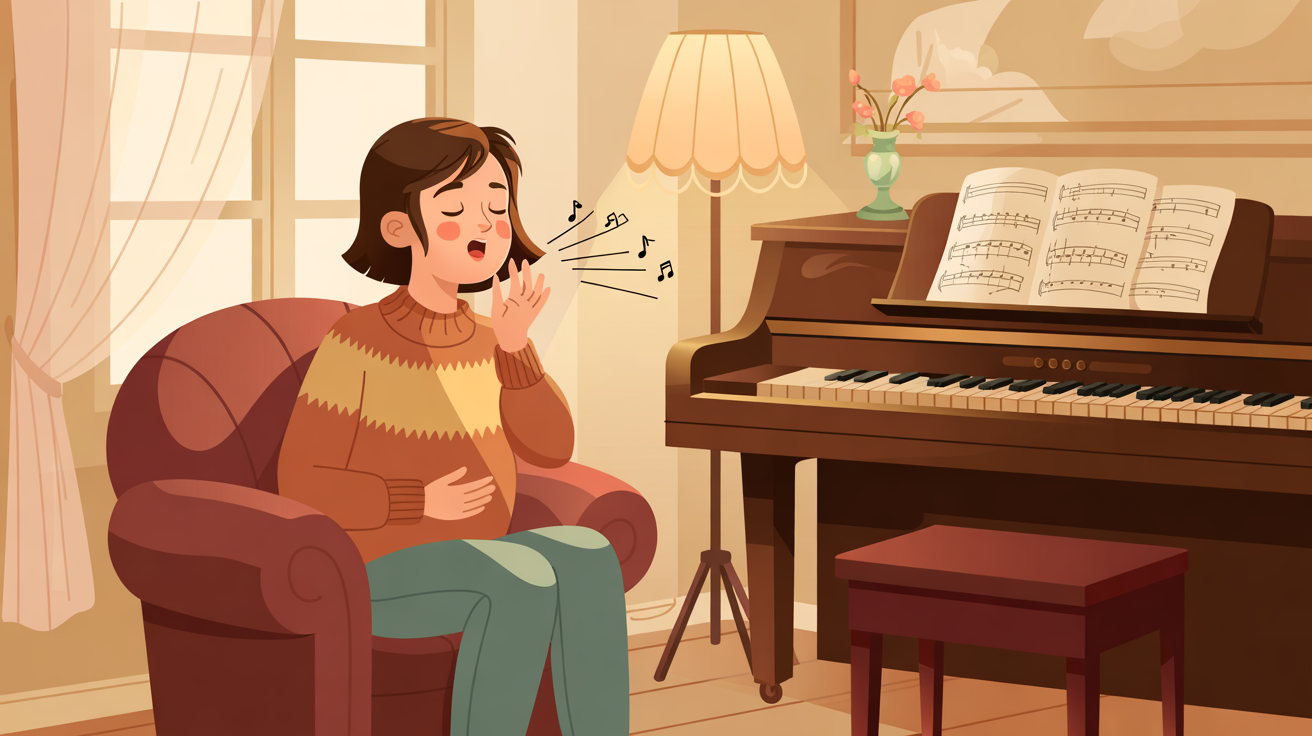
Singing a B2 note requires control, not force. Here’s how to approach it properly:
First, understand what B2 is.
B2 sits in the second octave of standard musical tuning.
Its frequency is around 123.47 Hz, meaning it is a low vibration. In singing, low notes rely more on relaxation and breath support than high notes do. You are not “pushing” the sound — you are allowing the sound to happen.
- Easy Trick to Remember: Think of talking in a low, calm voice — like you are telling a secret. Then try to turn that low speaking voice into singing. That’s close to a B2!
Lets learn it step by step for a complete understanding:
Step 1: Proper Breath Support
Before you attempt B2, you must breathe correctly. Inhale deeply so your stomach expands — this is called diaphragmatic breathing. Your ribs should widen slightly, but your shoulders must stay relaxed.
Without strong breath support, low notes like B2 will sound weak or shaky.
Step 2: Relax the Vocal Mechanism
When you sing low, your vocal cords need to stay loose and flexible. Tightening the throat will block the low resonance you need for a strong B2.
Drop your jaw slightly and think of the sound “falling” out of you, not being pushed.
Step 3: Gentle Onset
Start the note softly. A harsh attack (sudden loudness) can damage the low control you are trying to build. Glide into the B2 gently. This helps you find the center of the pitch without forcing it.
Step 4: Build from Speech
If B2 feels unreachable at first, speak a very low sentence — like you are pretending to be a cartoon villain or a narrator. Then slowly turn that low speaking voice into singing. This builds a natural path to the note.
Step 5: Consistent Practice
Low notes are partly a physical skill. Practice often but not for long periods. Overworking the voice when practicing low notes can cause strain.
Warm up carefully and stop if you feel tightness or dryness.
Summary:
| Reaching B2 is about balance: steady breath, relaxed muscles, and careful sound production. Mastery comes from practicing gently and listening closely to how your body responds. |
Conclusion
The B2 note represents an important checkpoint in the lower vocal and instrumental range. For bass and baritone singers, it’s often a comfortable note that shows the rich, grounded qualities of their voices.
For higher voice types, it serves as a reminder of the wide spectrum of human vocal capabilities.
Understanding this note goes beyond simply knowing its frequency or position on an instrument – it’s about appreciating how different sounds create different feelings and textures in music.
If you’re working on your low range as a singer, remember that patience and proper technique matter more than force. Focus on relaxation, proper breath support, and consistent practice to develop a healthy, resonant B2 note.
We hope this guide has helped clarify the B2 note and given you practical ways to approach it in your musical path ahead.






